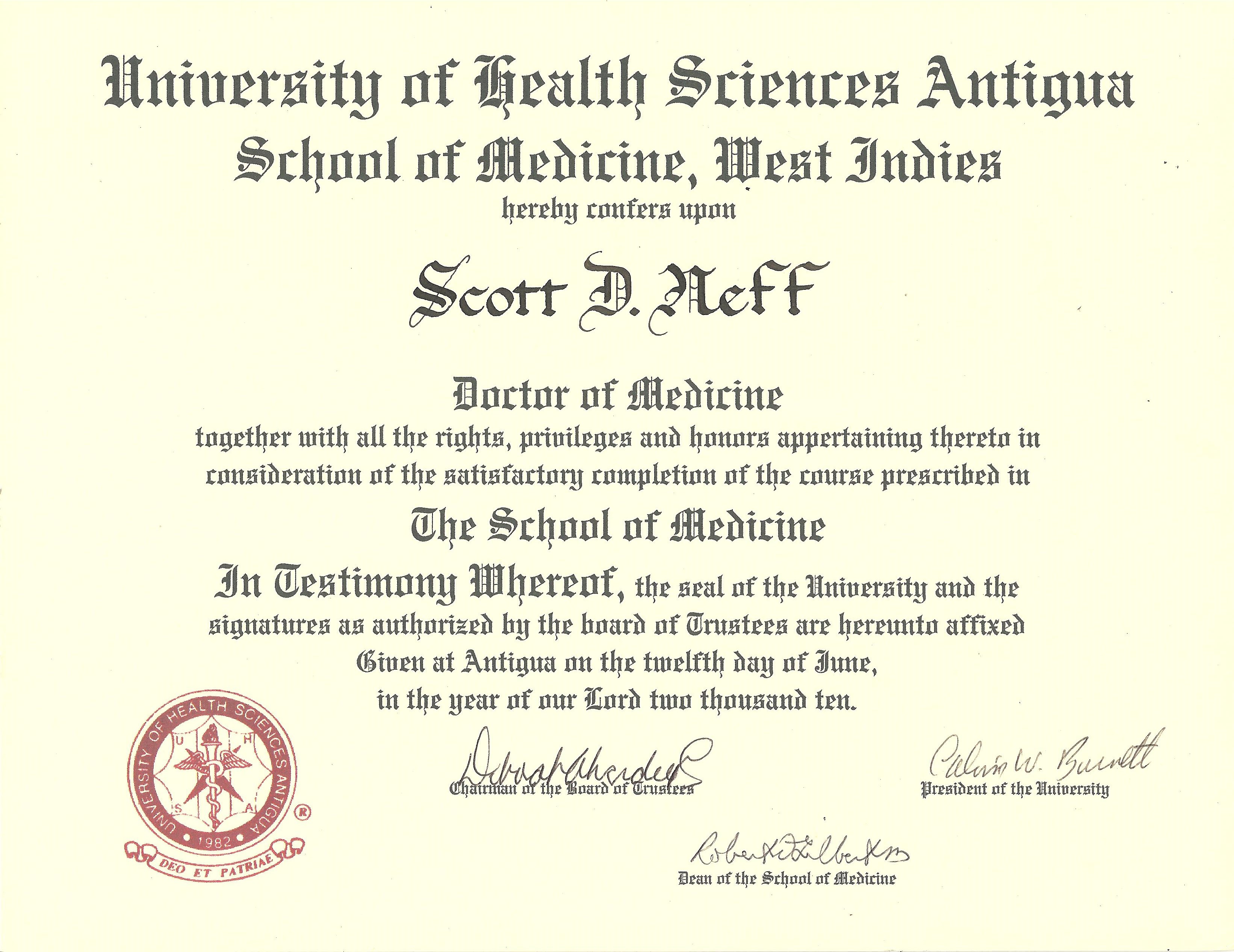 You will find in this
section hot NEW articles which we feel are of national importance to all folks.
These in-depth scientific forensic works are brought to you as a free service from AAJTS. If you wish to
become a member of the Academy and receive weekly
Articles, join now! You will find in this
section hot NEW articles which we feel are of national importance to all folks.
These in-depth scientific forensic works are brought to you as a free service from AAJTS. If you wish to
become a member of the Academy and receive weekly
Articles, join now!
POSTURE AND HUMAN SPINAL
MOTION
1. SKULL
AND CERVICAL EQUILIBRIUM
When the eyes and the plane
of bite are in the horizontal plane, the head is thought to be in
equilibrium. Equilibrium is maintained through the human lever system
of biomechanics. The fulcrum of action potential is thought by many
experts to be acted upon by (Center f Gravity) which is the composite of
posterior muscle vectors acting upon the head and neck. The fulcrum
lies at the level of the occipital condyles. If a force is applied by
the weight of the head through its center of gravity near the sella
turseca, a force will act thought the posterior neck muscles for counter
balance to support the head upon the neck.
The center of Gravity force
lies anterior to the midline of the Skull. To counter balance this
force, the posterior musculature has greater strength and tonus as
compared to the cervical flexor muscles. Thus, the extensor muscles
counter acts the forces of gravity whereas the flexors attempt to assist
gravitational force.
2. Plantigrade
Posture and the Human Spine
When both lower extremities
in the plantigrade posture support the human body symmetrically, the
lumbar spine demonstrates an anteriorly convex curve known as the lumbar
Lordosis. Viewed posteriorly, the lumbar spine would appear straight.
When the body is supported asymmetrically, the human spinal curves
vary. Viewed posteriorly, when the body is supported on the left leg
primarily, the spinal column demonstrates a curve concave towards the
ipsilateral supporting leg. This results in tilting the pelvis with the
ipsilateral support hip rising higher than the contralateral resting
hip. Commensurate with these actions the thoracic column flexes toward
the resting limb and the cervical curve is relatively concave towards
the supporting leg.
In the plantigrade posture,
there is a slightly forward bias, counterbalance by tonic contraction of
the Gastrocnemius, Soleus, hamstrings and the erector spinae group.
As the body is flexed, the
paravertebral musculature contracts followed by the glutei, hamstrings
and Soleus muscles. When flexion ends the spinal column is stabilized
by passive action of the vertebral ligaments fixed to the bony pelvis,
which tilts forward due to the hamstring tension.
During extension back to
the neutral plantigrade posture the order of muscular recruitment is
reversed, with the hamstring first followed by the glutei and last the
lumbar ad thoracic musculature.
3. SITTING
POSTURE AND THE HUMAN SPINE
Sitting posture is
generally divided into three classifications according to Kapandji.
These are Ischial support, Ischio-femoral support and Ischio-sacral
support.
Ischial support occurs as
the person sits up straight without resting on the back of the chair, as
in typing. In this case, the Ischial bones and the pelvis support the
weight of the trunk. This state is unstable loading due to a tendency
to tilt forward accentuating the three spinal curves. This may cause
the trapezius and scapular musculature to act as stabilizers. Thus,
this posture may lead to trapezius strain or trapezius syndrome also
known as “Secretarial Syndrome”.
Ischio-femoral support
occurs as the person sits with their trunk flexed. In this posture the
Ischial tuberosities and the posterior aspects of the thighs support the
trunk with additional support coming from the upper extremity resting on
the knees. The pelvis is tilted anteriorward and the accentuation of
the thoracic curve increases the tendency of the lumbar curve to
flatten. This posture relaxes the posterior musculature and decreases
the shearing forces on the lumbosacral discs.
Ischio-sacral support
occurs as the patient slouches or reclines in a sitting posture. In
this posture, the trunk is supported by the Ischial tuberosities, the
posterior surface of the sacrum and the coccyx. The pelvis is tilted
posteriorly, the lumbar curve is flattened, the thoracic curvature
increases and the head sometimes lies forward on the thorax, which may
lead to inversion of the cervical curvature.
Many individuals recline in
the orthopedic position with the help of orthopedic beds, reclining
chairs and cushions. In this position, the thoracic curve is
accentuated and the lumbar and cervical spines are flattened. Because
the lower legs and knees are supported, the hips are flexed, relaxing
the Psoas and hamstrings.
4. SITTING
AND INTRADISCAL PRESSURE.
Generally, the lowest
intradiscal pressure and the least electromyographic activity of
paraspinal muscles are considered the optimum in reclining pleasure.
The lowest electromyographic and intradiscal pressure recordings were
found with a back rest inclination of 120 degree and a 5 cm lumbar
support. The highest intradiscal pressure occurred when there was no
spinal support and a 90 degrees inclination (straight back).
To decrease the risk of
mechanical sciatica developed through the driving of motor vehicles, the
use of arm rests as well as lumbar supports is indicated. Arm rests and
lumbar supports decrease intradiscal pressure. Combining proper
inclination of the back rest, proper elevation of the arm rests, as well
as lumbar supports and perhaps a leg rest will decrease intrathoracic,
intra-abdominal and intradiscal pressures insuring proper rest and
relief.
5.
LYING POSTURE AND THE
HUMAN SPINE
In the supine position with
the lower extremities extended the Psoas is stretched and the lumbar
spinal curve is thought to be accentuated.
When the lower extremities
are flexed at the knees, the Psoas is not under full tension. This is
thought to cause a tilt of the pelvis and a flattening of the lumbar
spinal curve. This position yields little tension of the spinal and
abdominal muscles.
In the recumbent position,
the spinal column forms an almost flattened sweeping S shaped spinal
curve. The lumbar curve becomes slightly convex inferiorly and the mid
to upper thoracic spine becomes relatively convex superiorly. This
position does not relax all of the musculature as previously thought.
In the prone position, the
lumbar curve is exaggerated. It is thought that this position causes
respiratory difficulties from the pressure of the supporting surface on
the thorax and abdomen, pushing the viscera back on the diaphragm thus
reducing its proper excursion.
6.
LIFTING AND PHYSICAL MANIFESTATIONS
Leg lifting, as opposed to
back lifting has received much attention. However, ergonomics also
dictates that the distance of the object from the body at the time of
lifting also is important in the proper way to lift an object a given
distance. Simultaneous electromyogram, and intradiscal and trunkal
pressure measurements indicate that the greater the distance of the
lifted weight away from the body the higher the forces needed. This is
due to increase lever arm work via increase dead. Intradiscal pressure
is increased due to a larger joint reaction due to increased shearing
force pressures. Electromyographic activity is increased due to the
greater force exerted by the erector spinae muscles. Finally, trunkal
pressure is increased due to a greater need for trunkal support to
protect the spine from incidental postural and motion stress, strains
and other motion injuries.
7. PUSH-PULL AND SPINAL MANIFESTATIONS
The study of Ergonomics
indicates that pushing an object in a horizontal plane decreases the
load on the lumbar spine and discs as opposed to pulling an object in
the horizontal plane. When one pulls an object, this increases the
bending moment and the discal pressure. The erector spinae force must
increase considerably to counter balance the bending moment due to these
muscles groups short lever arm with respect to the axis of rotation.
When one pushes an object there is a lower load applied to the discs and
lumbar curve. This is thought to be due to the large lever arm the
Rectus abdominus muscle group has as opposed to the erecter spinae
muscle.
8. ACTIVITIES AND EXERCISES TO AVOID
Coughing, straining,
sneezing and excessive laughing may aggravate spinal pain. Many
exercises may aggravate spinal pain. Forward flexion combined with
lifting is associated with increased spinal discomfort. Sit-ups with or
without the hips flexed cause intradiscal pressure comparable to
pressure generated by forward flexion of 20 degrees holding 20 Kg.
Thus, sit ups with or without the hips flexed causes large loads to be
exerted on the lumbar spine. However, it should be noted that sit-ups
with the knees bent is lower than straight knees.
Physicians whose patients
have spinal pain should also be directed to avoid straight leg raising
exercises and lumbar hyperextension exercises.
Obesity greatly increases
intradiscal pressure or direct vertical compressive loads on the spine
and significantly increases the anteriorly active loads, thus increase
joint reaction forces. Trunkal pressure is increased due to a greater
need for trunkal support to act as protection for the spine.
Finally warm ups consisting of
a hot shower and then slight active motion movements are commenced.
Next stretching would follow to ready muscle and tendon groups as well
as ligamentous structures. Finally, your active exercises or weight
lifting would be commence
by
Scott D. Neff, DC DABCO
MPS-BT CFE
DABFE FFABS FFAAJTS

 |
![]()